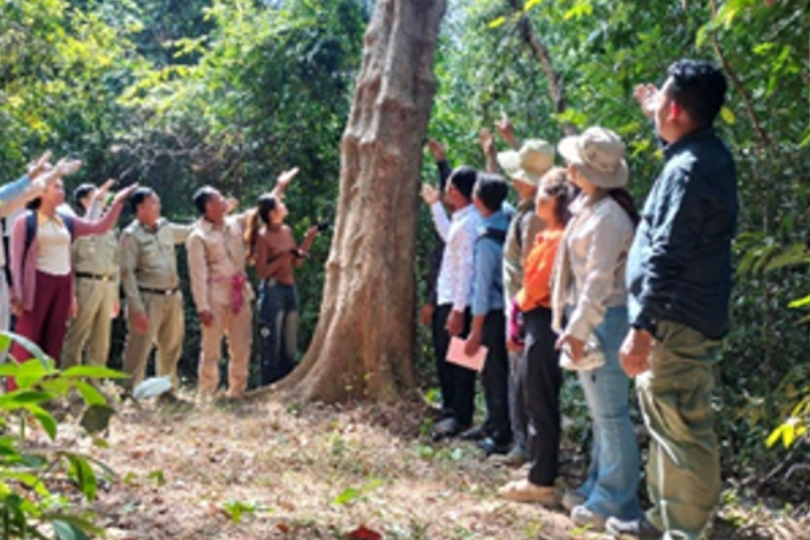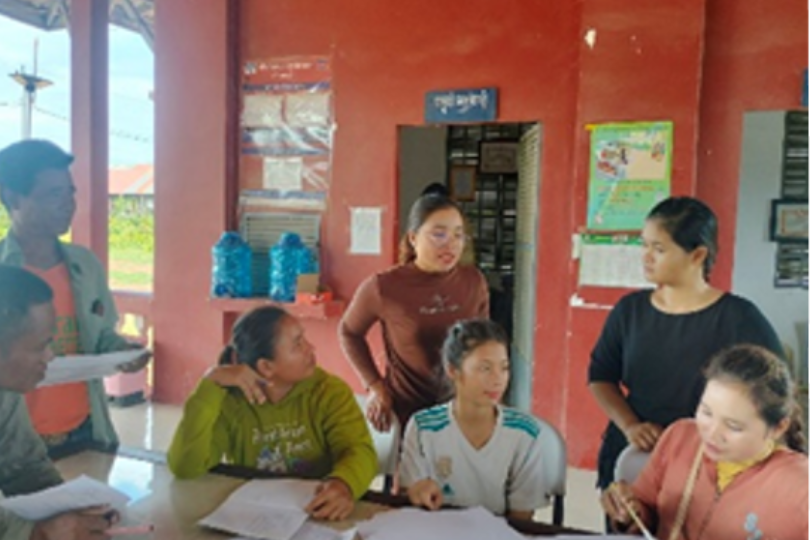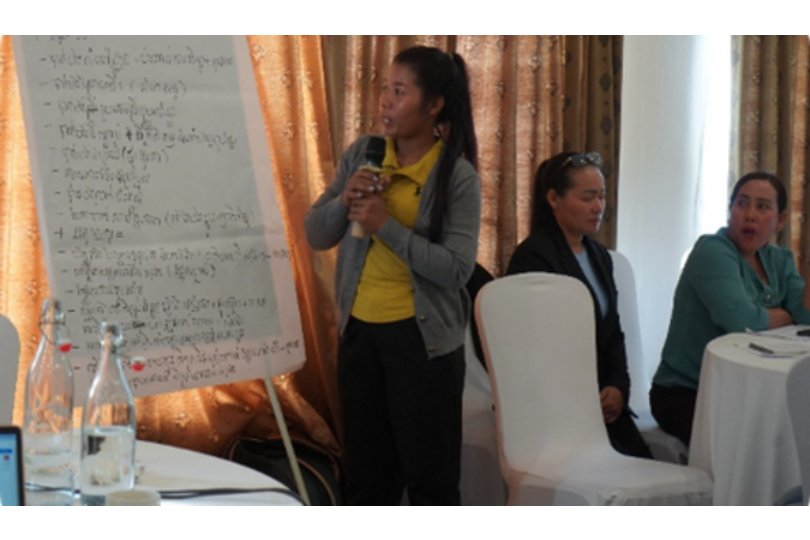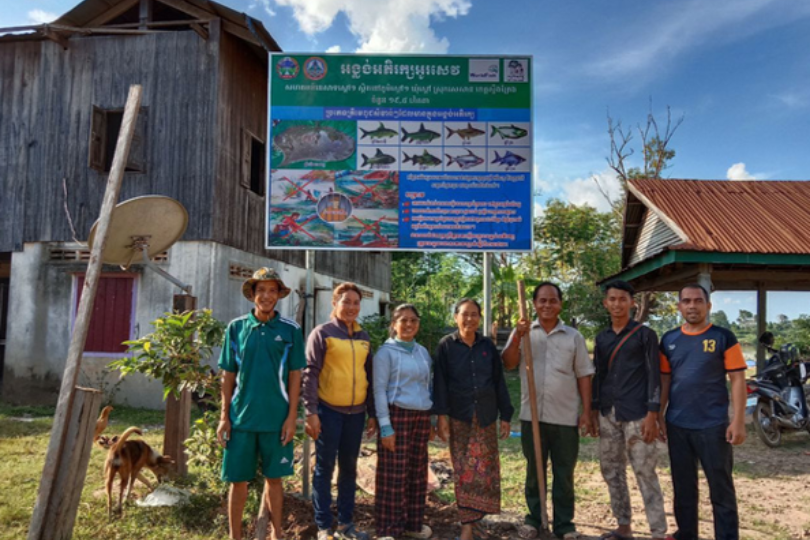Donor: USAID
Project: Youths’ Action for Biodiversity Conservation (YABC)
Activity: Educational Video on I can speak up and support and persuade my friends and family to save forests from not Purchasing Luxury Wood Furniture
Date: March 28, 2022
My Village Organization (MVi) has organized three online campaigns through Online Community Center (OCC) Facebook Page on demand reduction for luxury wood furniture, reducing bushmeat consumption and stopping littering. These campaigns were conducted to increase the understanding and knowledge about the negative impacts of bushmeat consumption, luxury wood furniture and littering on biodiversity, forests, environment and human health and to increase the participation of citizens to support and take positive action for the purpose of reducing bushmeat consumption and demand for luxury wood furniture and stopping littering.
The video below is part of a campaign to Demand Reduction for Luxury Wood Furniture, which will highlight the benefits of forests, the destruction of natural resources through the use of luxury wood furniture, and youth participation to reduce the use of furniture made of luxury wood.
.
#TogetherForCambodianForest
#SayNoLuxuryWoodFurniture
#SayNoDamageForest
Facebook Page Link: https://www.facebook.com/OCCMVi
Facebook Name: Online Community Center










